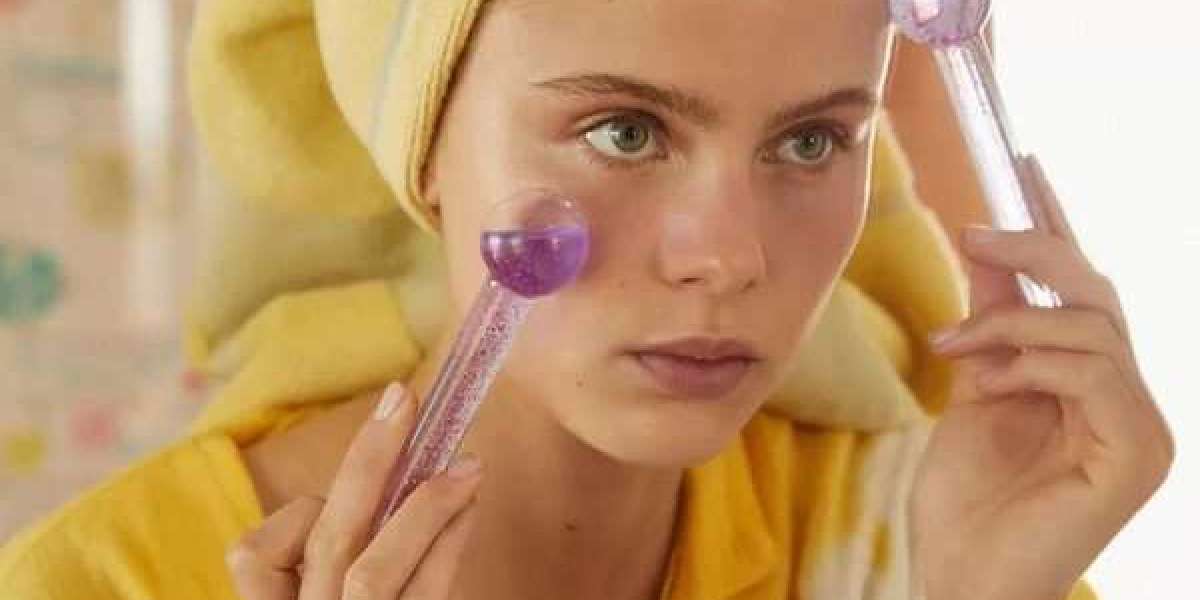The Renaissance era, spanning roughly from the 14th to the 17th century, was a period of profound cultural, artistic, and intellectual revival in Europe. During this time, attitudes towards cosmetics and beauty underwent significant changes, influenced by cultural, societal, and economic factors. Here's a glimpse into the use of female cosmetics during the Renaissance:
**Cosmetics in the Renaissance:
Cultural Influences: The Renaissance marked a resurgence of interest in classical aesthetics, with an emphasis on beauty and refinement. Influenced by the writings of ancient Greek and Roman philosophers, the idealized concept of beauty became a central theme in art, fashion, and personal grooming.
Whiteness as a Symbol of Beauty: Pale skin was highly prized during the Renaissance, reflecting the prevailing notion that it symbolized refinement and nobility. Women sought to achieve a fair complexion, and various cosmetic products were used to lighten the skin. Substances like lead-based Venetian ceruse (a white lead and vinegar mixture) were applied to the face to create a pale appearance. However, the use of lead-based cosmetics posed health risks.
**Face Powders and Cosmetics:
Rouge and Vermilion: While a pale complexion was desirable, a touch of color was often added to the cheeks. Women used rouge, often made from vermilion (a red pigment), to achieve a rosy or flushed look. This practice was especially prevalent among the upper classes.
Face Powders: The use of face powders, often made from finely ground starch or rice flour, was common. These powders helped create a smooth complexion and were sometimes scented with fragrances like lavender or rose.
**Hair and Perfumes:
Elaborate Hairstyles: Women in the Renaissance adorned their hair with elaborate styles and accessories. Perfumed oils were used to add fragrance and sheen to the hair. Hairpieces, ribbons, and jewels were often incorporated into intricate hairstyles.
Perfumes and Fragrances: Perfumes gained popularity during the Renaissance, and women used scented oils and powders to enhance their personal fragrance. Aromatic substances like musk, ambergris, and essential oils were common ingredients in Renaissance perfumery.
**Cosmetic Preparations and Beauty Routines:
Beauty Recipes: Women often relied on beauty recipes and cosmetic preparations derived from herbal and natural ingredients. These concoctions aimed to enhance the complexion, reduce blemishes, and maintain overall skin health.
Beauty Routines: The application of cosmetics and the pursuit of beauty were integral parts of daily life. Beauty routines were guided by societal norms and influenced by advice from beauty manuals of the time.
**Social Status and Cosmetics:
- Status Symbol: The use of cosmetics became a symbol of social status. The upper classes, including aristocratic women, were more likely to engage in elaborate beauty rituals and use a wider array of cosmetics, while women of lower social classes might have had more limited access.
In summary, the use of cosmetics by women during the Renaissance was intricately tied to cultural ideals of beauty, societal norms, and notions of social status. While some practices were rooted in classical aesthetics, others carried health risks due to the toxic nature of certain ingredients. The Renaissance era witnessed a complex interplay between beauty, culture, and societal expectations that left a lasting impact on the history of cosmetics.
The Renaissance epoch, characterized by a profound cultural reawakening, witnessed a nuanced evolution in the application of cosmetics among women. This technical exploration delves into the cosmétique practices of the Renaissance era, elucidating the convergence of cultural, societal, and technical elements that shaped the female cosmetic landscape.
I. Cultural Dynamics:
Classicism and Aesthetic Revival: The Renaissance era experienced a revival of classical aesthetics, with an emphasis on idealized beauty inspired by ancient Greek and Roman philosophies. This cultural resurgence deeply influenced cosmetic practices, heralding an era where beauty became synonymous with refinement.
Symbolism of Whiteness: Pale skin emerged as a symbol of nobility and refinement. The application of lead-based Venetian ceruse, a concoction of white lead and vinegar, was prevalent, albeit posing health risks. The pursuit of a luminous complexion was intricately woven into the cultural fabric of the time.
II. Cosmetic Applications:
Rouge and Vermilion: In juxtaposition to the coveted pale complexion, a subtle infusion of color was introduced through the application of rouge. Derived from vermilion, a red pigment, it imparted a rosy hue to the cheeks. This practice, though modest, introduced a nuanced play of color amidst the prevailing desire for pallor.
Face Powders and Fragrances: Elaborate face powders, crafted from finely ground starch or rice flour, were instrumental in achieving a velvety complexion. Infused with fragrances such as lavender or rose, these powders added olfactory allure to the cosmetic regimen, contributing to an immersive sensory experience.
III. Hairstyling and Perfumery:
Elaborate Coiffures: Renaissance women adorned elaborate hairstyles, often integrating hairpieces, ribbons, and jewels. Perfumed oils not only added luster to the hair but also infused it with fragrances, aligning hairstyling with a multi-sensorial beauty experience.
Perfumes and Fragrant Oils: The Renaissance witnessed a surge in perfumery. Women indulged in scented oils and powders, crafted from aromatic substances like musk and ambergris. These fragrant accoutrements became integral to the cosmetic ensemble, enhancing personal olfactory allure.
IV. Cosmetic Preparations and Formulations:
Herbal and Natural Beauty Recipes: The Renaissance cosmetic repertoire drew from herbal and natural ingredients, crafting beauty recipes aimed at enhancing complexion, diminishing blemishes, and fortifying skin health. This technical approach exemplified a fusion of botany and cosmetology.
Beauty Routines and Manuals: Prescriptive beauty routines, guided by societal norms and expounded in beauty manuals, were an integral facet of daily life. Technical nuances in the application of these routines reflected the prevailing cultural and societal paradigms.
V. Social Stratification and Cosmetic Practices:
- Status Symbolism: The use of cosmetics became emblematic of social status. Aristocratic women, constituting the upper echelons of society, engaged in intricate beauty rituals with a broader array of cosmetics. Conversely, women from lower social strata may have employed more limited cosmetic interventions.
Conclusion:
In retrospect, the female cosmetic practices of the Renaissance era epitomized a confluence of cultural, societal, and technical intricacies. This nuanced exploration unravels the technical tapestry underlying cosmetic applications, underscoring the dynamic interplay between cultural ideals, societal norms, and the technical facets of cosmetology during this transformative epoch.








